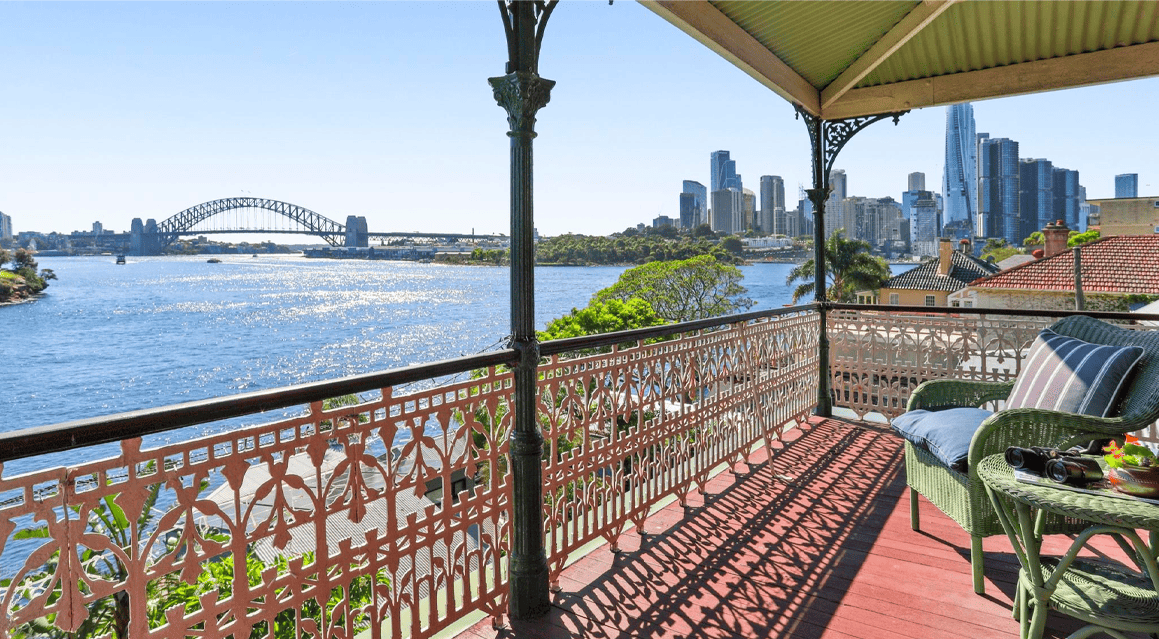
KEY POINTS
- Sydney property buyers fall into three distinct groups—CBD settlers (young professionals), suburban settlers (affluent families), and exurban settlers (outer-suburb dwellers), each with different preferences depending on whether they are buying to live in or invest
- Suburban and outer-suburban settlers show a strong preference for free-standing detached homes and a bias toward Anglo-Australian neighbourhoods
- Younger professionals prefer properties with long-term growth, while older suburban investors focus on strong rental returns
New research has shed light on what people in Australia’s most expensive real estate market - Sydney - look for when purchasing property.
The study, conducted by academics from the University of South Australia, finds buyers' priorities vary significantly depending on whether they’re purchasing a property to live in or invest.
The aim of the research was to look beyond the usual property statistics to explore what homebuyers really value and are prepared to pay for, not just in a home, but in the communities they want to live in or invest in.
The Details
The paper, “Housing preferences for owner-occupied versus investment properties in Sydney, Australia”, was compiled by researchers from UniSA Business and C-EDGE, the University’s Centre for Enterprise Dynamics in Global Economies.
The authors, led by senior research fellow Dr Ali Ardeshiri, studied 533 households across the Greater Sydney area.
They found that buyer decisions are shaped by more than just price and location, with lifestyle factors, cultural preferences, and investment goals all playing a crucial role.
The research identifies three distinct buyer profiles influencing Sydney’s housing market, which the study's authors dubbed “CBD settlers”, “Suburban settlers”, and “Exurban settlers”.
CBD Dwellers
The study found that young professionals drawn to inner-city living are fueling demand for apartments in Sydney’s CBD.
This group, mostly younger men, favoured two-to-three-bedroom properties close to public transport and nightlife.
They usually avoided older buildings, favouring purchases in new developments with secure garages and were keen not to over-burden themselves with high mortgage repayments.
The research team was able to quantify that these CBD Dwellers were willing to pay an extra $643 per month in mortgage repayments to live in a newer property.
As investors, they are focused on long-term capital growth, targeting vibrant, family-friendly suburbs with strong potential.
The researchers describe this cohort as “Young, urban, and investment-savvy.”
Suburban Settlers
The study found affluent, mainly middle-aged couples with children, are shaping Sydney’s suburban housing boom.
This group shows a strong preference for four-bedroom detached homes in peaceful or coastal suburbs, ideally near parks and schools.
They are also prepared to pay hefty prices for that lifestyle.
The study found these “Suburban settlers” are willing to pay $2.924 million more to live in a detached house, rather than in an apartment or a townhouse.
“Exurban settlers”, who are prepared to commute longer distances, are willing to pay $2.246 million more to live in a free-standing house rather than in an apartment or a townhouse.
When investing, this group is strategic, aiming for capital appreciation in similar lifestyle-rich areas, reflecting a desire for both immediate comfort and future wealth-building.
They were also prepared to pay around $682,000 more to invest in a house compared to a townhouse.

Image by Steven Woodburn
Empty Nesters
Retired “empty nesters” prefer three-to-five-bedroom homes in safe, low-density neighbourhoods near shops and public transport.
They prioritise affordability and practical features like secure storage, while avoiding older buildings and high council rates.
As investors, they focus on properties with low vacancy rates and strong rental returns (possibly as a source of regular retirement income), showing less interest in capital growth and market fluctuations.
One of the study’s more controversial findings is the persistent preference across all groups (young professionals, suburban settlers and empty nesters) for Anglo-Australian neighbourhoods over culturally diverse ones.
Suburban dwellers are even willing to pay $1,430 extra per month in mortgage payments to live in Anglo-Australian neighbourhoods rather than culturally diverse ones.
The researchers say this highlights how social and cultural dynamics influence housing choices.
Investment behaviour
Meanwhile, the type of return buyers look for varies by location.
Inner-city investors chase long-term capital growth, while those in suburban and exurban areas tend to prioritise strong rental yields.
The University of South Australia researchers say their findings offer critical insights for policymakers, urban planners, real estate agents, and developers.
“With population growth, housing affordability, and urban sprawl continuing to challenge Sydney, understanding buyer preferences can help guide everything from zoning decisions to infrastructure investment,” they say.
For example, their findings which show a strong demand for detached homes could drive future land release strategies, while investor interest in rental returns may influence where new rental-focused housing is built.
“By capturing the unique priorities of different buyer types, this study provides a blueprint for a more tailored, responsive, and inclusive housing strategy in one of the world’s most complex real estate markets,” the researchers conclude.
Stay Up to Date
with the Latest Australian Property News, Insights & Education.




.png?width=292&height=292&name=Copy%20Link%20(1).png)
 SIGN UP FOR FREE NEWSLETTER
SIGN UP FOR FREE NEWSLETTER
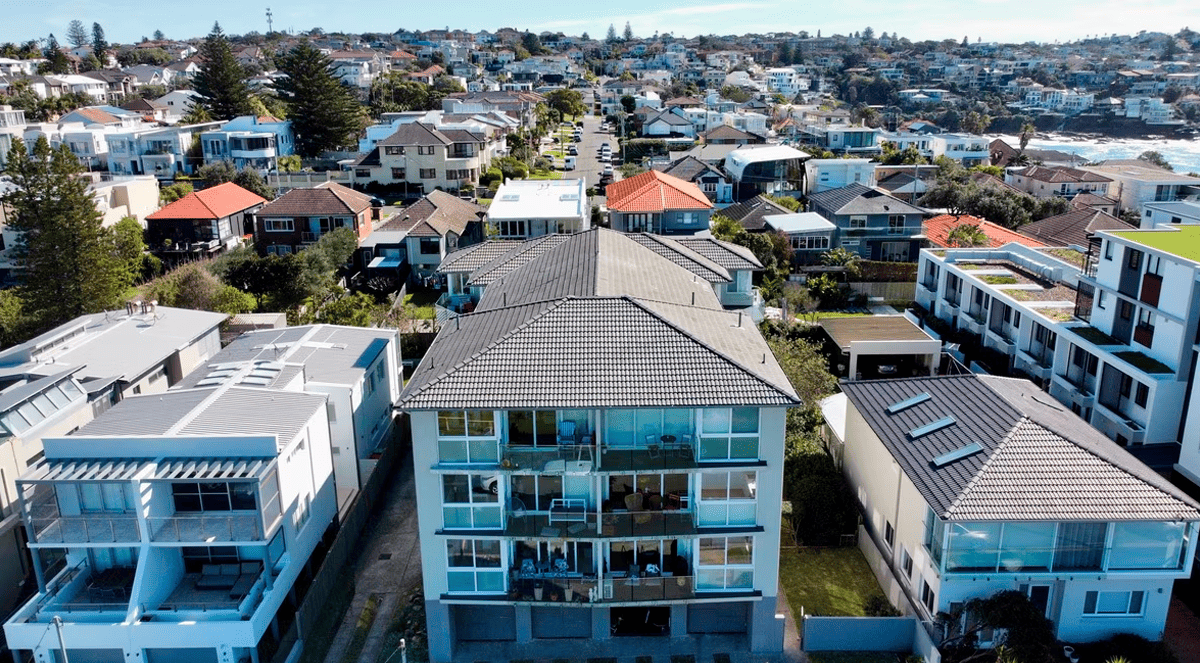
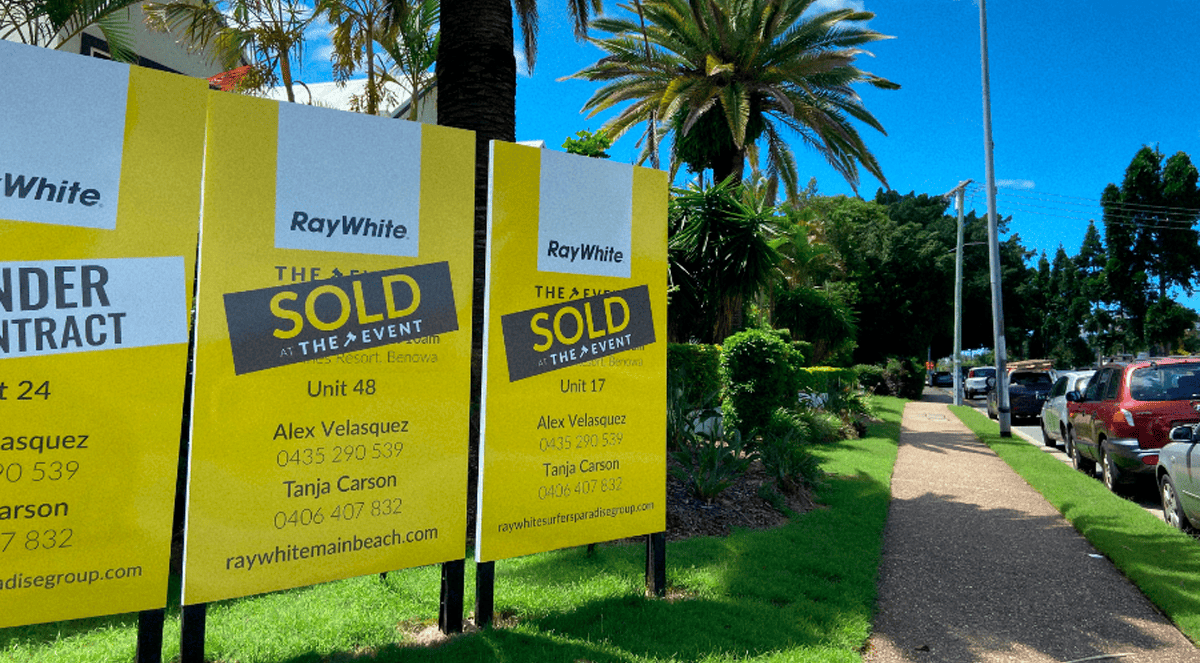
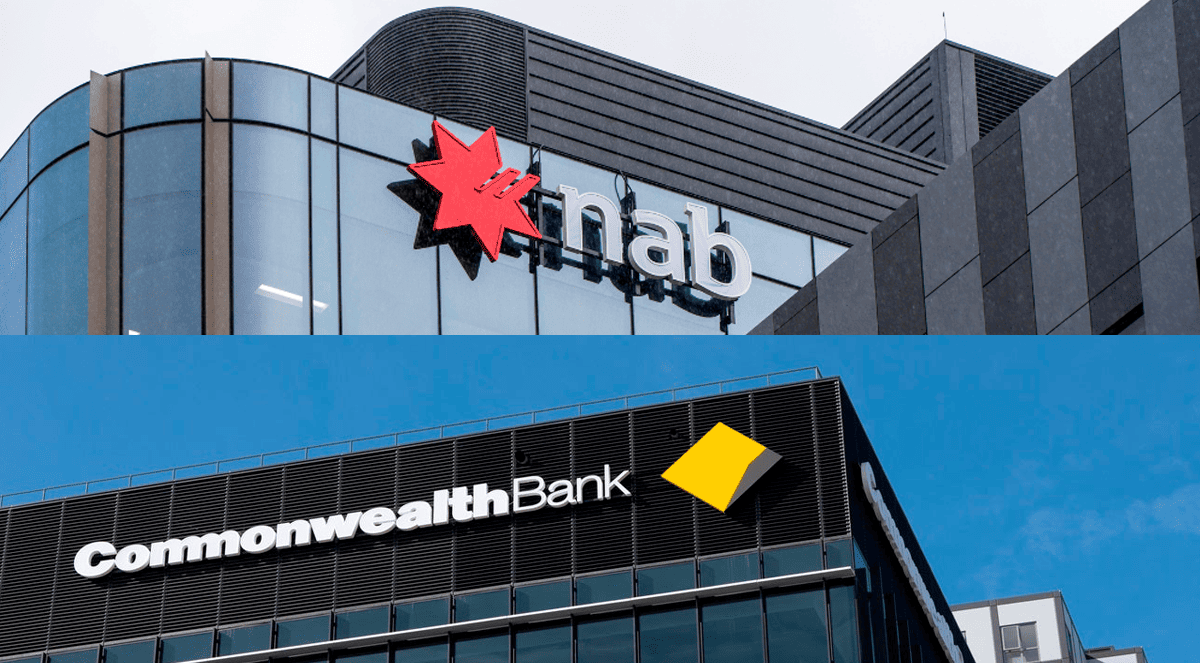
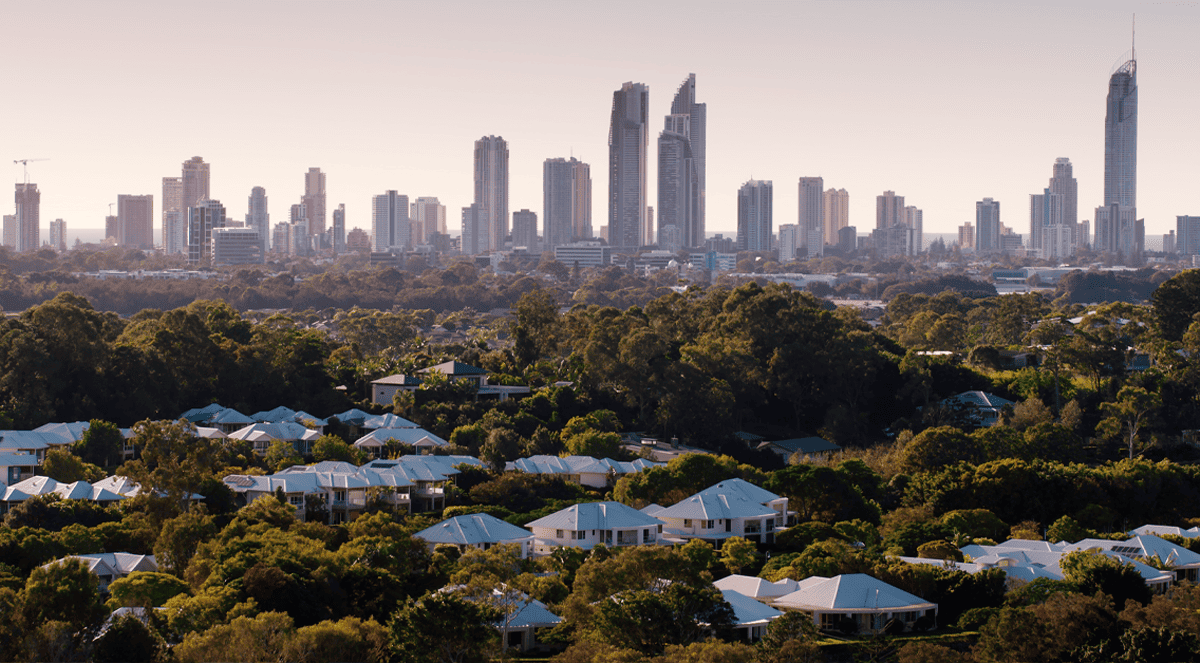
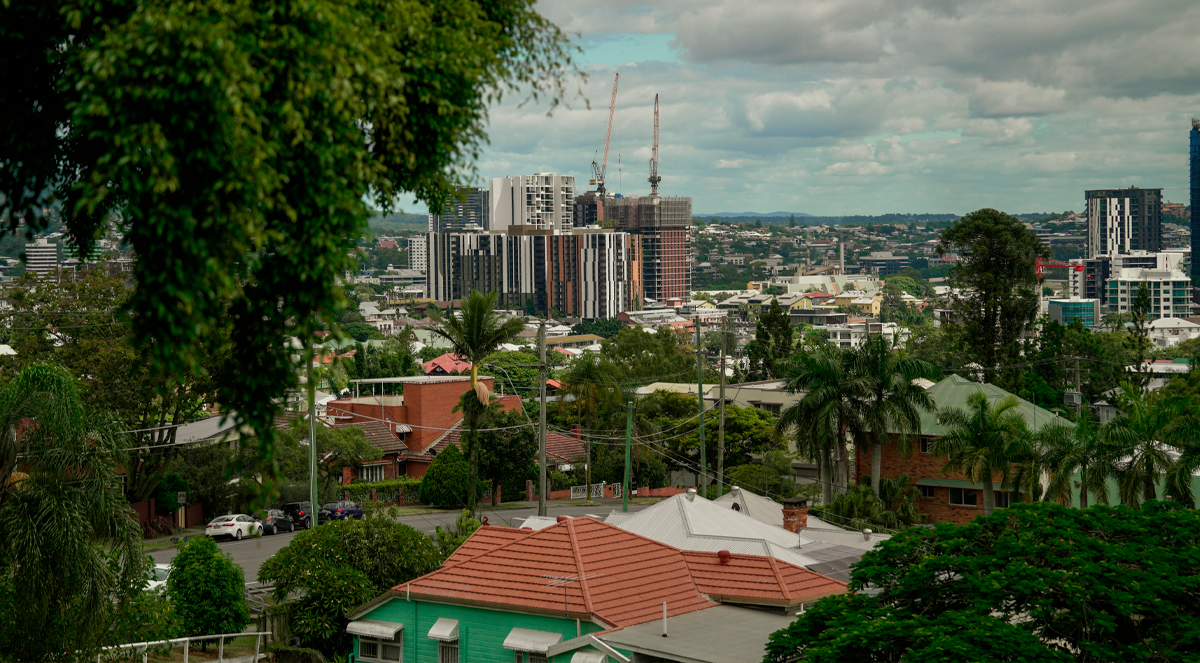
.jpg?width=1920&height=1080&name=Warning%2c%20You%20Might%20Be%20Facing%20Higher%20Taxes%20Soon%20(1).jpg)





.png?width=1920&height=1080&name=Rate%20Drops%20Signal%20BIGGEST%20Property%20Boom%20in%20DECADES%20(1).png)

.jpg?width=1920&height=1080&name=Labor%20vs%20Liberal%20These%20Housing%20Policies%20Could%20Change%20the%20Property%20Market%20Forever%20(1).jpg)
.jpg?width=1920&height=1080&name=QLD%20Slashes%20Stamp%20Duty%20Big%20News%20for%20Investors%20%26%20Home%20Buyers%20(1).jpg)
.jpg?width=1920&height=1080&name=Trump%20Just%20Slapped%20Tariffs%20%E2%80%93%20Here%E2%80%99s%20What%20It%20Means%20for%20Australia%20(1).jpg)
.jpg?width=1920&height=1080&name=Federal%20Budget%202025%20More%20Debt%2c%20No%20Housing%20%E2%80%93%20Here%E2%80%99s%20What%20You%20Need%20to%20Know%20(1).jpg)
.jpg?width=1920&height=1080&name=Australias%20Housing%20Crisis%20is%20about%20to%20get%20MUCH%20Worse%20(New%20Data%20Warns).jpg)
%20(1).jpg?width=1920&height=1080&name=Australias%20RENTAL%20CRISIS%20Hits%20ROCK%20BOTTOM!%20(2025%20Update)%20(1).jpg)
%20(1).png?width=1920&height=1080&name=Is%20Adelaide%20Still%20a%20Good%20Property%20Investment%20(2025%20UPDATE)%20(1).png)
.jpg?width=1920&height=1080&name=RBA%20Shocks%20with%20Rate%20Cuts!%20What%E2%80%99s%20Next%20for%20Property%20Investors%20(1).jpg)
%20(1).jpg?width=1920&height=1080&name=I%20Predict%20The%20Feb%20Rate%20Cut%20(My%20Price%20Growth%20Prediction)%20(1).jpg)
.png?width=1920&height=1080&name=Why%20Property%20Prices%20Will%20Rise%20in%202025%20Market%20Predictions%20(1).png)
.jpg?width=1920&height=1080&name=Why%20Investors%20Are%20Choosing%20Apartments%20Over%20Houses%202%20(1).jpg)
.jpg?width=1920&height=1080&name=Why%20Rate%20Cuts%20Will%20Trigger%20A%20Property%20Boom%20(1).jpg)
.jpg?width=1920&height=1080&name=Retire%20On%202Million%20With%20One%20Property%20(Using%20SMSF).jpg)
.jpg?width=1920&height=1080&name=4%20Reasons%20Why%20You%20Should%20Invest%20in%20Melbourne%20Now%20(1).jpg)
%20(1).jpg?width=1920&height=1080&name=Old%20Property%20vs%20New%20Property%20(Facts%20and%20Figures%20Revealed)%20(1).jpg)
%20(1).jpg?width=1920&height=1080&name=Will%20The%20New%20QLD%20Govt%20Create%20a%20Property%20Boom%20or%20Bust%20(My%20Prediction)%20(1).jpg)
%20Scott%20Kuru%20(1).jpg?width=1920&height=1080&name=Inflation%20Hits%20Three-Year%20Low%20(Will%20RBA%20Cut%20Rates%20Soon)%20Scott%20Kuru%20(1).jpg)
.jpg?width=1920&height=1080&name=How%20to%20Buy%20Investment%20Property%20Through%20SMSF_%20The%20Ultimate%20Guide%20(1).jpg)
.jpg?width=1920&height=1080&name=Victoria%20Slashes%20Stamp%20Duty%20Melbourne%20Set%20to%20Boom%20Scott%20Kuru%20(1).jpg)
.png?width=1571&height=861&name=Are%20Foreign%20Buyers%20Really%20Driving%20Up%20Australian%20Property%20Prices%20(1).png)
.jpg?width=1920&height=1080&name=The%20Single%20Factor%20That%20Predicts%20Property%20Growth%20Regions%20(1).jpg)
%20Scott%20Kuru%20(1).jpg?width=1920&height=1080&name=My%20Prediction%20On%20Rates%20%26%20Negative%20Gearing%20(Market%20Crash)%20Scott%20Kuru%20(1).jpg)

-1.png?width=1920&height=1080&name=Major%20Banks%20Cut%20Rates%20Will%20RBA%20Follow%20Suit%20(Sept%20Rate%20Update)-1.png)
%20Scott%20Kuru-1.png?width=1920&height=1080&name=Rate%20Cut%20Coming%20What%20New%20Zealands%20Move%20Means%20for%20Australia%20(Sept%20Prediction)%20Scott%20Kuru-1.png)
%20(1).jpg?width=1920&height=1080&name=Buy%20when%20the%20interest%20rates%20are%20high!%20(Why%20you%20must%20buy%20now!)%20(1).jpg)
.jpg?width=1920&height=1080&name=Carms_Revised%20Taxes%20Due%20Aug%209%20YT%20Thumbnail02%20(1).jpg)
.jpg?width=1920&height=1080&name=Carms_Too%20Little%20Too%20Late%20Aug%207%20YT%20Thumbnail01%20(1).jpg)









.jpg?width=1920&height=1080&name=Carms_Rate%20Drop%20In%20July%20Jun%2010%20YT%20Thumbnail02%20(1).jpg)
.jpg?width=1920&height=1080&name=Carms_Own%20a%20Property%20V6%20Jun%205_YT%20Thumbnail%20(1).jpg)









.png?width=1920&height=1080&name=Artboard%201%20(3).png)






.jpg?width=1920&height=1080&name=YT%20thumbnail%20%20(1).jpg)

